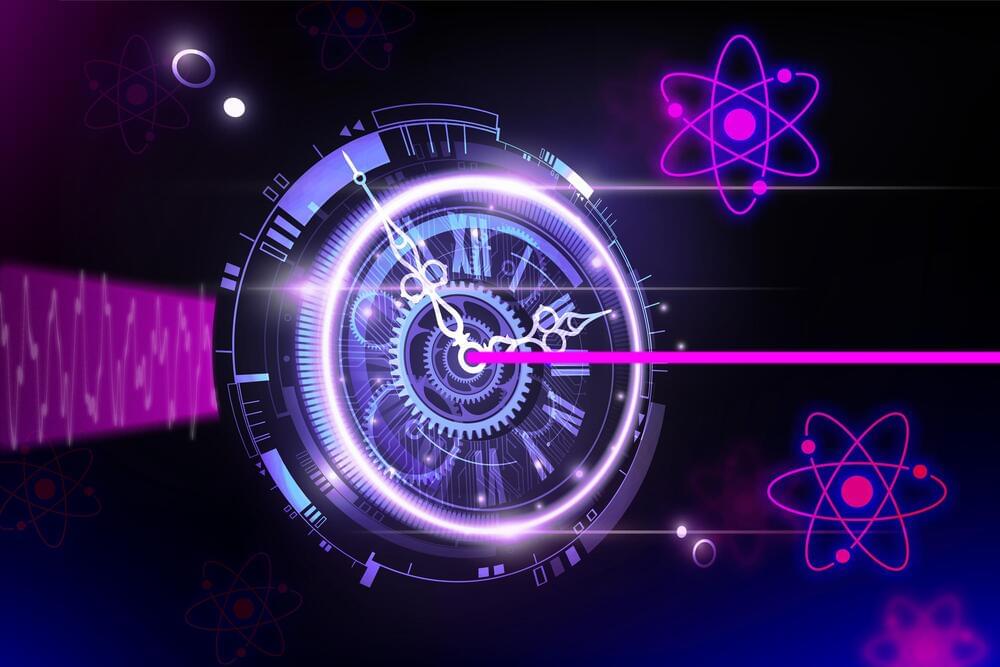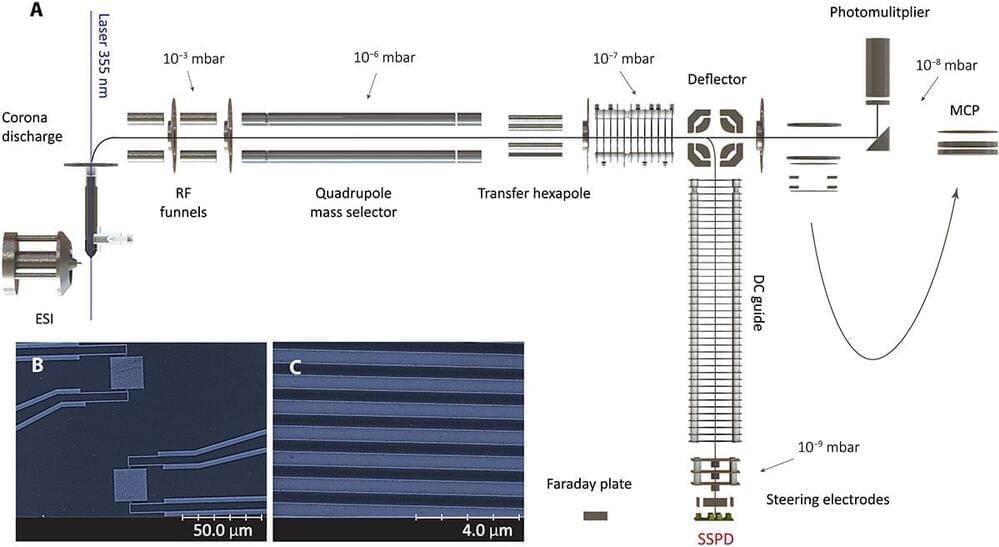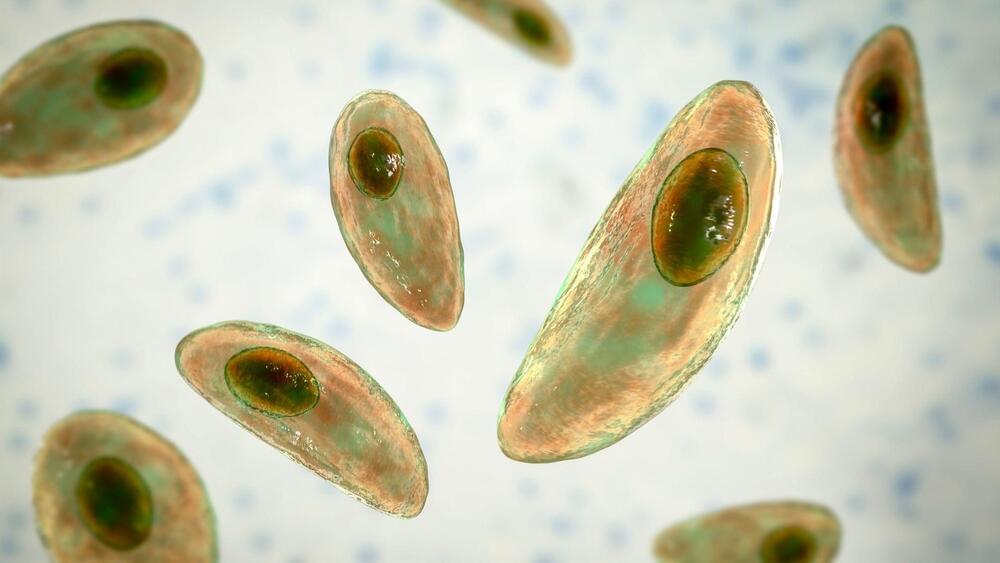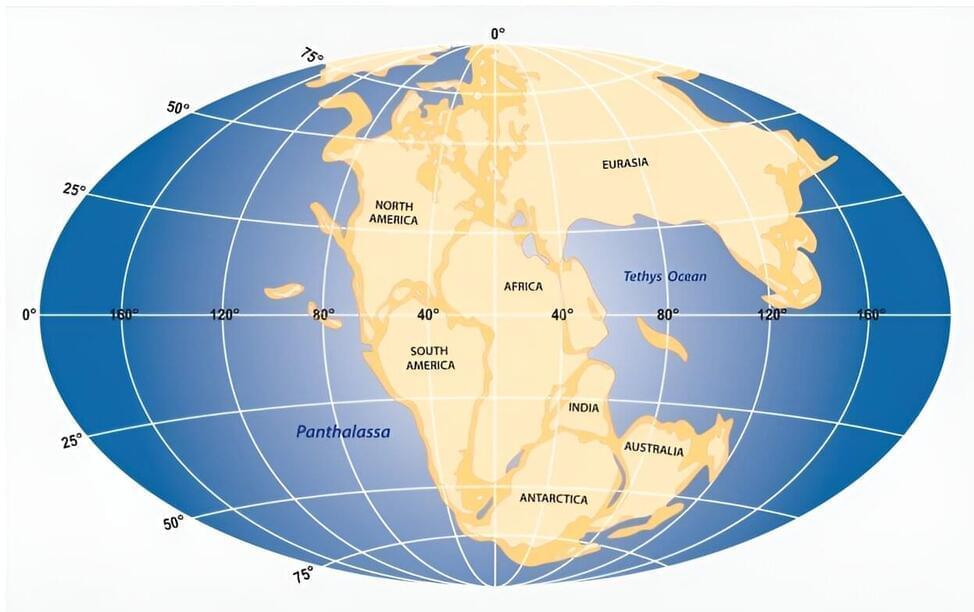Before chatbots exploded in popularity, a group of researchers, tech executives and venture capitalists had worked for more than a decade to fuel A.I.



A trove of arboreal fossils pushes back the origin of modern forests and sophisticated tree roots.
Elon Musk discusses the progress and challenges of Tesla’s full self-driving technology, expressing less optimism about its timeline but recognizing its potential value and impact on the future of transportation.
Questions to spark discussion.
What is the status of Tesla’s full self-driving technology?
—Elon Musk expects a delay in the release of the new version of Full Self Driving, but believes it will learn dramatically faster.

Panelists include Albert Marinez, chief analytics officer at the Cleveland Clinic; Tatyana Fedotova, director, global data, platforms and partnerships, at Johnson & Johnson; and Christopher Larkin, chief technology officer at Concord Technologies.
Panelists will reveal the most critical questions to ask and decisions to be made at each phase of the AI journey, from build versus buy and tool selection to ensuring AI investments are targeted for maximum impact, and much more.

More stable clocks could measure quantum phenomena, including the presence of dark matter.
A new MIT study finds that even if all noise from the outside world is eliminated, the stability of clocks, laser beams, and other oscillators would still be vulnerable to quantum mechanical effects.
Clocks, lasers, and other oscillators could be tuned to super-quantum precision, allowing researchers to track infinitesimally small differences in time, according to a new MIT study.
In this video, I discuss the famous “hard problem” of consciousness and why it is only a problem from the perspective of the thinking mind.

An international research team led by quantum physicist Markus Arndt (University of Vienna) has achieved a breakthrough in the detection of protein ions: Due to their high energy sensitivity, superconducting nanowire detectors achieve almost 100% quantum efficiency and exceed the detection efficiency of conventional ion detectors at low energies by a factor of up to a 1,000.
In contrast to conventional detectors, they can also distinguish macromolecules by their impact energy. This allows for more sensitive detection of proteins and it provides additional information in mass spectrometry.


A recent study published in the Journal of Geophysical Research: Solid Earth sheds new light on the formation of the East Coast of the United States—a “passive margin,” in geologic terms—during the breakup of the supercontinent Pangea and the opening of the Atlantic Ocean around 230 million years ago.
In geology, passive margins are “quiet” areas, locations with minimal faulting or magmatism, where land meets the ocean. Understanding their formation is crucial for many reasons, including that they are stable regions where hydrocarbon resources are extracted and that their sedimentary archive preserves our planet’s climate history as far back as millions of years.
The study, co-authored by scientists from the University of New Mexico, SMU seismologist Maria Beatrice Magnani, and scientists from Northern Arizona University and USC, explores the structure of rocks and the amount of magma-derived rocks along the East Coast and how they change along the margin, which may be tied to how the continent was pulled apart when Pangea fragmented. This event may have also influenced the structure of the Mid-Atlantic Ridge, a vast underwater mountain system running down the center of the Atlantic Ocean.